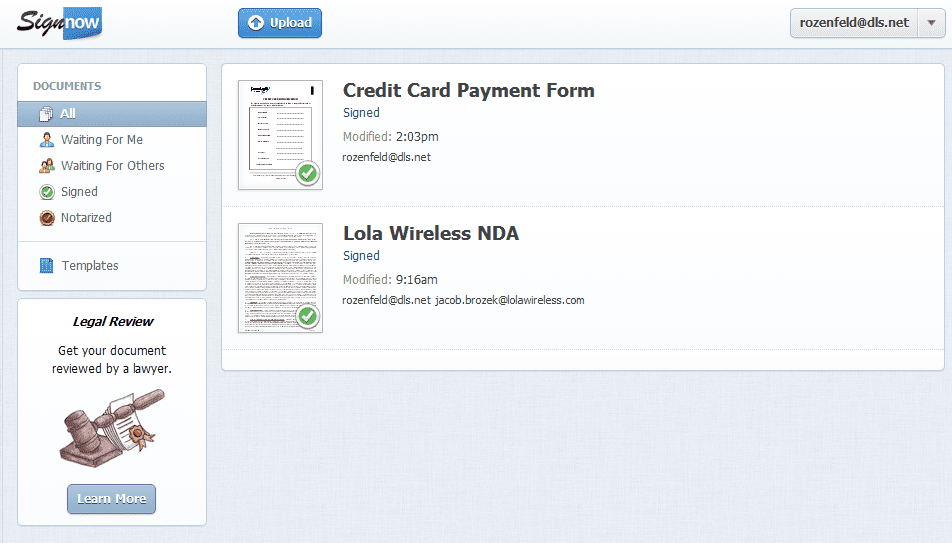If you know very little about telecommunications but have some basic understanding of the Voice over IP technology – you will have no trouble grasping the concept of SIP trunking. Understanding why DLS chooses not to offer this service may take some explaining.
Understanding Trunking
The word “Trunk” has more than one meaning but in communications it came to represent a concept of a part that can be divided into branches and vice versa. More specifically, the term “trunk” is used to describe a transmission channel between two switching systems. Such transmission channel could be comprised of one or more communications circuits. When you think about public switched telephone network (PSTN), you imagine many different telephone switches all connected to each ot
her using trunks. Each trunk would typically consist of multiple trunk lines. Trunk sizes vary depending on how many trunk lines are in it.
Since the 1970s telecom services largely relied on the technology called TDM (Time Division Multiplexing). This technology allowed delivery of fixed number of voice channels per digital circuit. For example: T-1 circuit would contain 24 channels, PRI – 23 channels, etc. Each channel could be used for voice or data. This technology represented a significant leap from the analog switches because it allowed delivery of multiple channels over a 4-wire connection eliminating costly requirement for individual copper pairs to be run from the central office switch. A business could purchase a digital circuit(s) and pool some or all of its channels into trunk. These channels would then be referred to as “trunk lines”.



